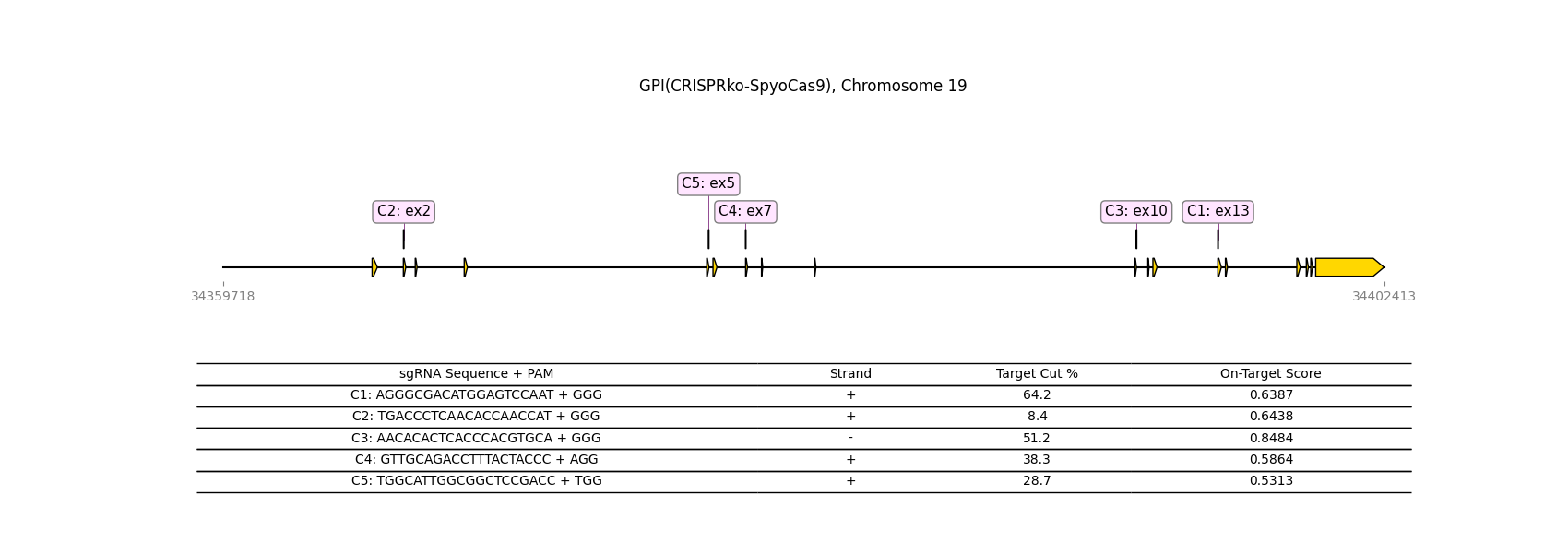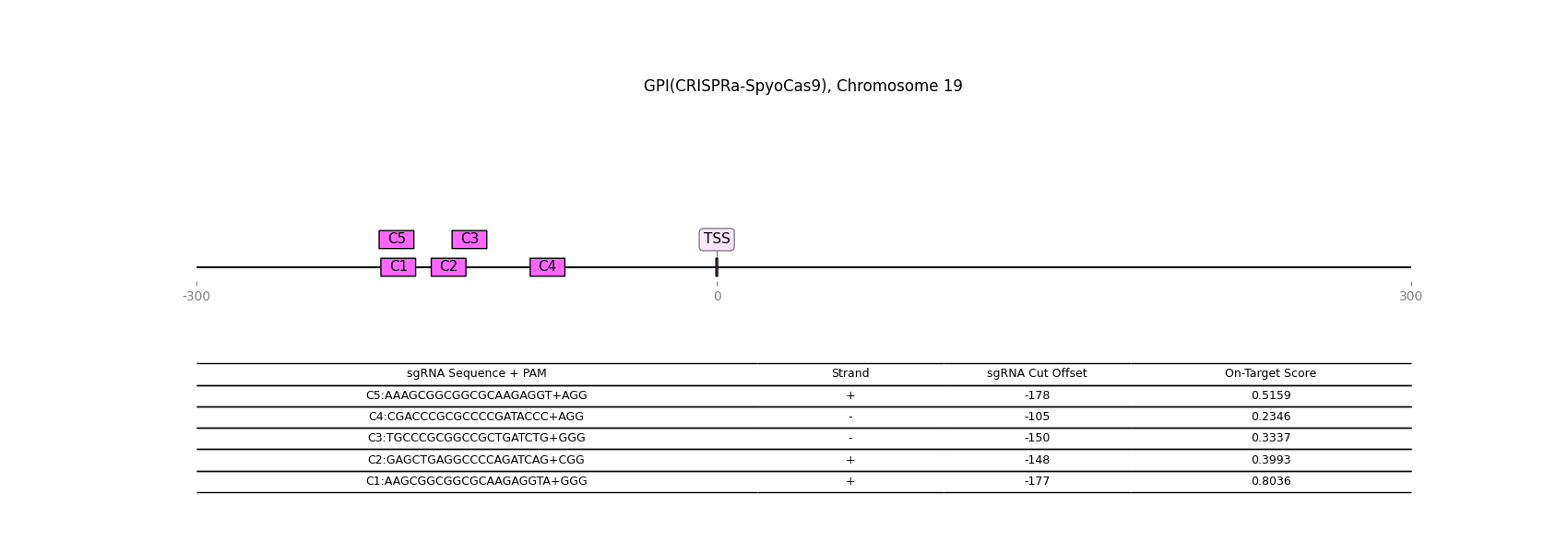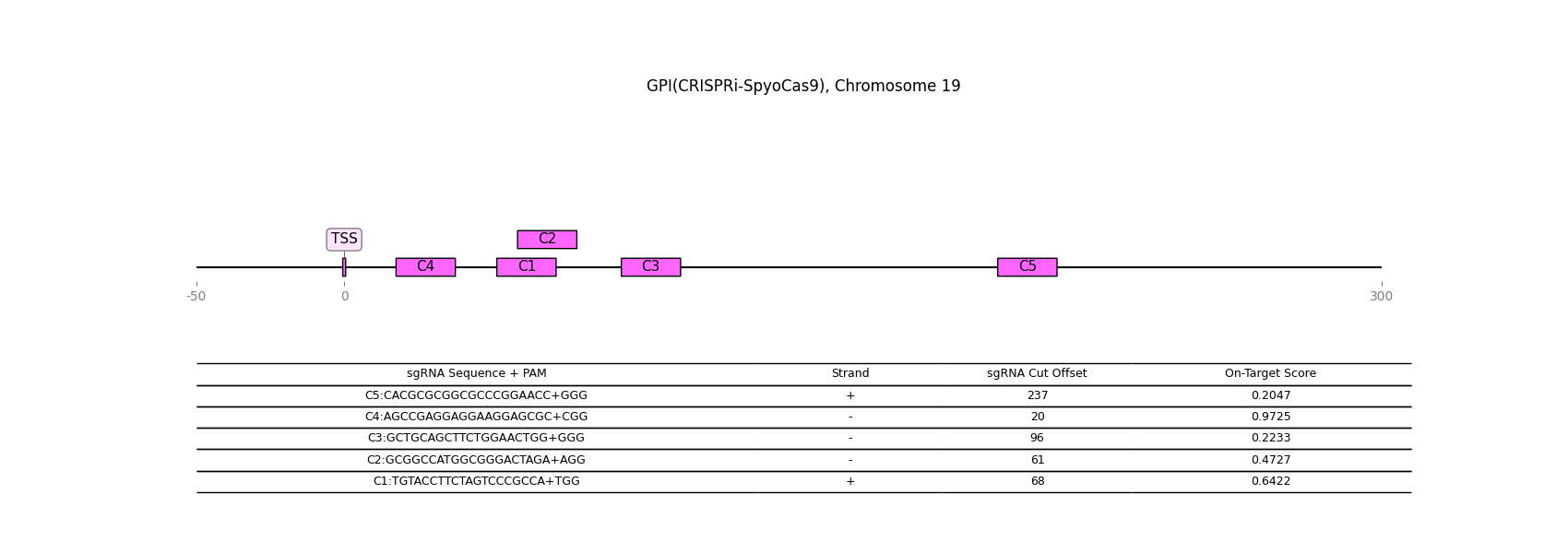Gene Details: GPI
1 / 2
General Information
Gene Name: GPI (Glucose-6-phosphate isomerase)
Synonym:
Short Names: GPI;
Alternative Names: Autocrine motility factor;Neuroleukin;Phosphoglucose isomerase;Phosphohexose isomerase;Sperm antigen 36;
Notes:
- Glucose-6-phosphate isomerase converts glucose-6-phosphate into fructose-6-phosphate.
- Second step in glycolysis pathway.
Description from Dr.Glyco-GPT:
Warning: LLMs can generate factually incorrect information, as they simply predict the next word based on training data. Always verify LLM output by cross-checking with reliable sources!
Catalytic Activity

Reaction and Disease Links
EC # (IUBMB):
5.3.1.9
Brenda:
5.3.1.9
KEGG: 2821
Rhea:
11816
Transcript levels (Cell lines and Single cell data) URL
CRISPR-knockout

CRISPR-activation

CRISPR-inactivation

Transcription factor-gene relationship (details at glycoTF page)
Top 10 TFs
| TF | Score |
|---|---|
| HNRNPK | 1.685818 |
| SON | 1.655635 |
| RBM39 | 1.642061 |
| PCBP1 | 1.623585 |
| XRCC5 | 1.617330 |
| TCF25 | 1.616342 |
| SRSF3 | 1.613420 |
| SUMO2 | 1.604995 |
| PCBP2 | 1.589988 |
| SFPQ | 1.570208 |
Licensing: CC BY 4.0. You are fee to copy, redistribute, remix, transform and build upon all material, except for textbook figures from the Essentials.